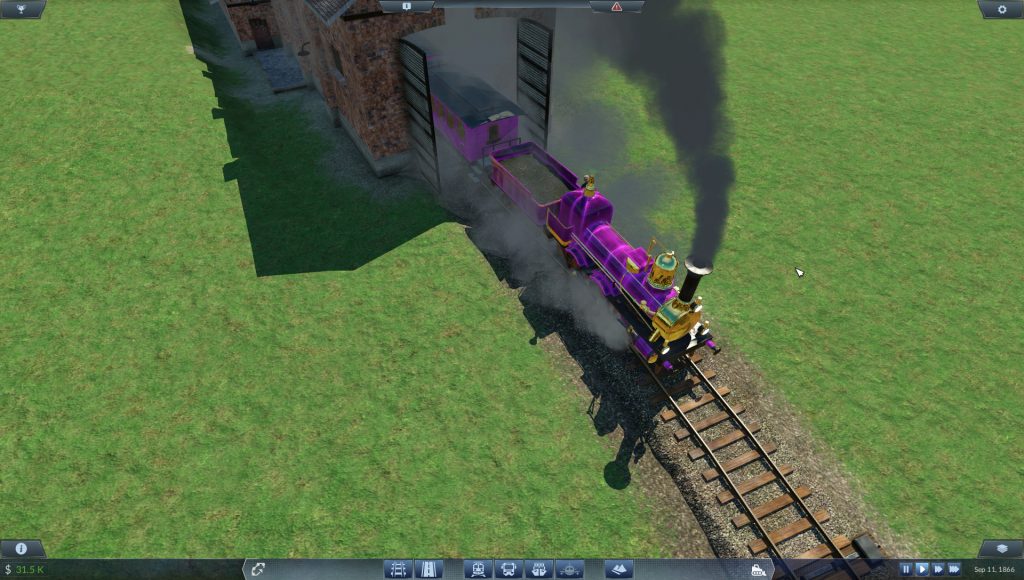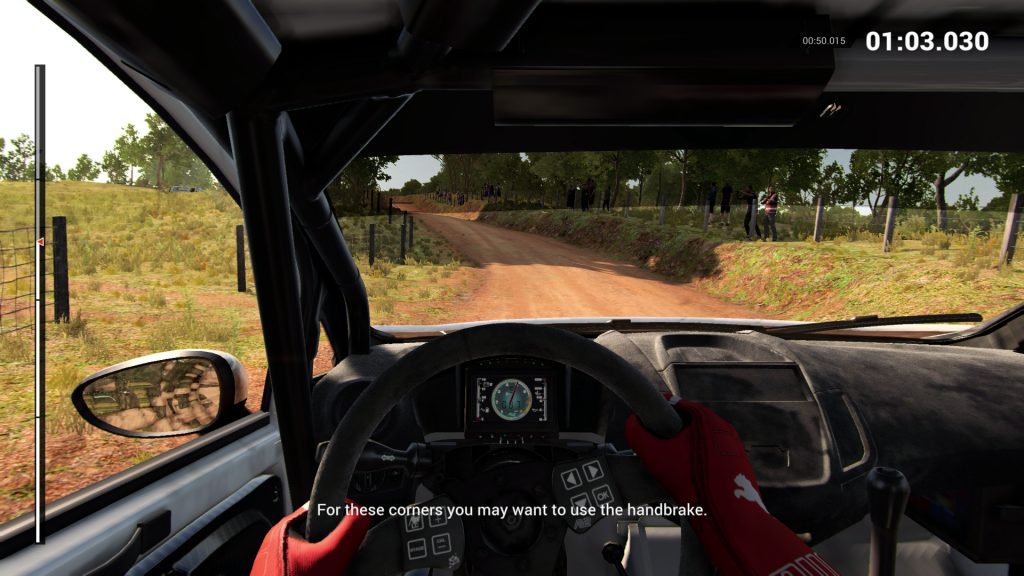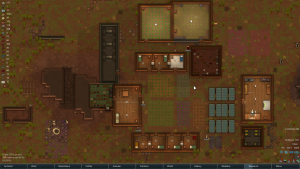Computer Games Can Rise Awareness For Climate Change
During my ongoing literature review I often discover interesting facts about things I’ve never thought about. Sometimes I can connect these facts with my own observations: The result is mostly a completely new idea why things are as they are. Maybe these ideas are new to you, too. Therefore I’ll share my new science based knowledge with you!
This week: This time, I think about how computer games, movies and other forms of mass media could change the world by discussing and presenting the effects of the climate change.
Although this year’s summer has just begun, it already resulted in several temperature records and heat waves all across the globe. In addition, not only the local temperatures often reached a level which is normal for July and August, but also many regions experienced an unusual lack of rain and hence the risk of a drought. Furthermore, due to the high temperatures, many regions are also threatened by a high chance of strong storms. In the end, all of those unusual weather phenomena are a strong indication for the ongoing climate change.
Unfortunately, this is just the beginning as the average global temperature continues to rise and, as a result of this, even stronger and more devastating effects can be expected in the near future. For the purpose of limiting the effects of the climate change, the Paris Agreement was ratified all around the world and entered into force last year. However, the agreement is just an early incentive to pave the way for even more effective methods to reduce man-made emissions and to limit the average global temperature rise.
Now, policy-makers are challenged to create an environment that supports those who want to provide and implement innovative technologies that reduce the emissions and hence limit the climate change. However, it is also important to rise the general awareness about the climate change to achieve a rethinking and a potential higher demand for ecofriendly technologies and solutions.
A probably very effective solution would be to discuss the climate change and to present innovative technologies in movies, computer games and other forms of media that easily reach a wide audience. Especially computer games have a great potential to rise the general awareness as they can easily demonstrate the effects as well as underlying principles and allow players to experience innovative technologies. Also, computer games can provide immediate feedback which allows players to develop an understanding of the resulting effects of certain measurements or pure ignorance and business as usual.
I strongly believe that game designers and movie makers could change the world and even make a good profit when they would collaborate with the industry that focusses on ecofriendly products. Hopefully, this potential is discovered soon as we are running out of time …


